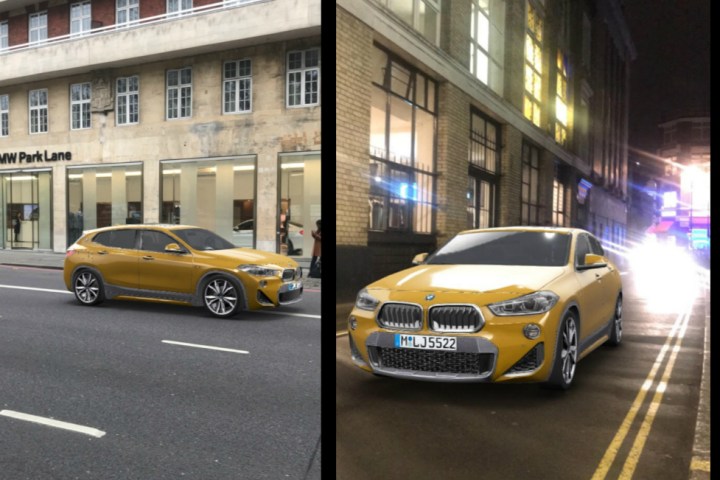
Building off of Snapchat’s World Lens ads, these AR Trial ads will allow users to interact with various products and see them in the real world. In the case of BMW’s new X2, the app will project an image of the car into the world around you. Users will be able to walk around the car and tap it to change its paint job.
BMW hopes these ads will allow the carmaker to more organically reach new audiences, especially among the younger generations.
“We wanted to insert ourselves in an organic way into the Snapchat environment and its users’ world,” said BMW’s Jörg Poggenpohl. “That is the most meaningful way to address our fans in a style that fits the channel and the target group.”
BMW is the first company to experiment with Snapchat’s AR ads, but we expect other advertisers will be watching closely. The problem with previous Snapchat ads is the same issue that Twitter has dealt with. The banner ads are small and non-intrusive, which is a good thing for users, since it is easy to ignore them. Advertisers were not convinced of the platform’s benefits, however.
The hope is that even if users do not share these ads with their friends, they’ll still take time to play around with the AR and build an association with the brand. Being able to interact with BMW’s X2 will likely hold people’s interest more than a YouTube video that we skip after five seconds.
From Snapchat’s angle, the goal is to derive more money from its existing customer base, since it is having trouble reaching new users. It remains to be seen rather or not this system will be effective in the long-term, but you can expect that the sheer novelty of the approach will attract users in the beginning.


